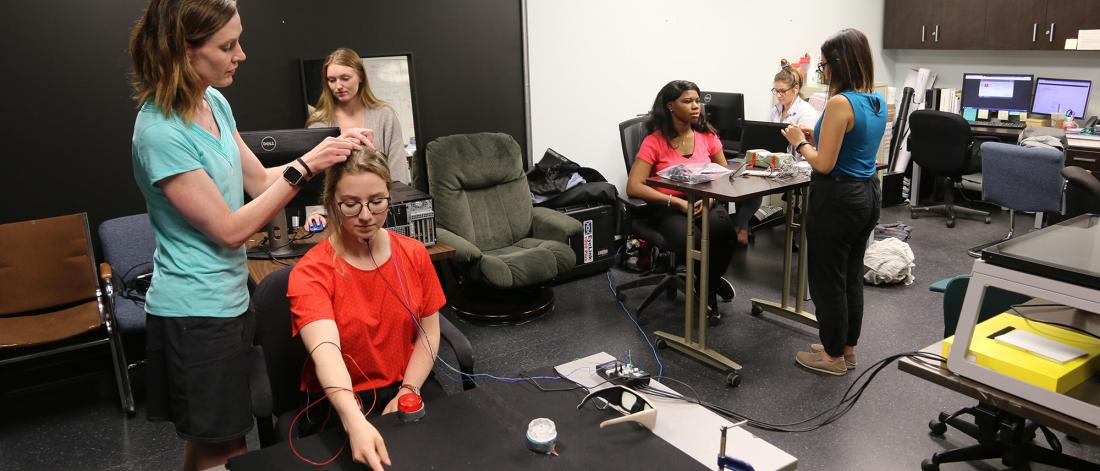Zheng, R., Naiman, I.D., Skultety, J., Passmore, S. R., Lyons, J. & Glazebrook, C.M. (2019). The Impact of Different Movement Types on Motor Planning and Execution in Individuals with Autism Spectrum Disorder. Motor Control (00),1-20.
Glazebrook, C.M., Welsh, T.N., & Tremblay, L. (2016). The processing of visual and auditory information for reaching movements. Psychological Research, 80, 757-773.
Passmore, S.R., Johnson, M., Pelleck, V., Ramos, E., Kriellars, D., & Glazebrook, C.M. (2015). Fitts’s Law using lower extremity movement: Performance driven outcomes for degenerative lumbar spinal stenosis. Human Movement Science, 44, 277-286.
Glazebrook, C.M., Kiernan, D., Welsh, T.N., & Tremblay, L. (2015). How one breaks Fitts's Law and gets away with it: Moving further and faster involves more online control. Human Movement Science, 39, 163-176.
Selected Knowledge Translation Activities
1. Glazebrook, C.M. Augmented & Alternative Feedback for Motor Skill Learning. Preschool OT/PT group at Specialized Services for Children and Youth (SSCY). Winnipeg, Manitoba. October 16, 2018. See video here.
2. Ladwig, J., Peters, C., Tomy, S. & Glazebrook C.M. Lab to Community Approaches to Understanding the Role of Rhythm in Inclusive Physical Activities. Health, Leisure and Human Performance Research Institute Annual Research Day, Winnipeg, Canada. May 8, 2018.
3. Panelist for Café Scientifique - Analyzing The Spectrum: The Neuroscience of Autism. McNally Robinson Booksellers, Winnipeg, Canada. March 12, 2018.

